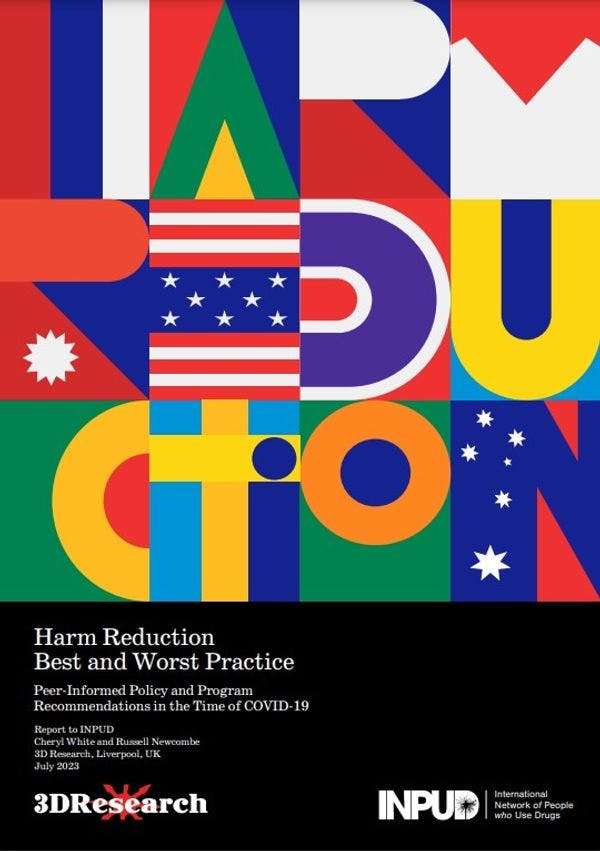Mejores y peores prácticas en reducción de daños: Recomendaciones de políticas y programas informadas por iguales en tiempos de Covid-19
La INPUD presenta un conjunto de herramientas de buenas prácticas, centradas en intervenciones clave de reducción de daños, basadas en entrevistas con veinte activistas consumidores de drogas y especialistas en reducción de daños de diversos países. Más información, en inglés, está disponible abajo.
In 2016, INPUD commissioned a project that used in-depth, qualitative interviews with twenty peer drug user activists and harm reduction specialists from a range of different countries to develop a comprehensive set of seventeen key harm reduction interventions based on ‘best and worst practices’ in these areas. The result was a “Harm Reduction Best Practices Tool Kit”, intended for harm reduction service providers around the world.
The document focuses on three key harm reduction interventions:
- Opioid and Stimulant Agonist Therapies (OATs/SATs)
- Needle and Syringe Programs (NSPs)
- Overdose Prevention Interventions (ODP)
The intention of this brief is to provide globally relevant recommendations for best practices in harm reduction policy and programming while drawing attention to some of the main obstacles that currently hamper these efforts. Peer-based expertise is utilised to provide an insider inventory of best and worst practices in the three harm reduction interventions identified above. These peer-informed recommendations are relevant to and centred around the needs and priorities of fellow drug users working in and making use of these programmes and services across the globe.
Although these interviews took place several years ago, it is fair to say that peer-driven advancements within OATs/SATs, NSPs, and ODP interventions around the globe have been slow in coming. This is true both in the general adoption of harm reduction interventions in countries that formerly or currently lack them, as well as within the services of those countries
that do provide them. And maddeningly, the majority of harm reduction services continue to be staffed by non-drug users and other professionals and tend to prioritise their needs over those of drug using clients and, where they exist at all, drug using staff members. This continued lack of peer-led interventions means that the feedback of the interviewees continues to hold relevance today and there is much we can take away from it, as the following pages illustrate.
